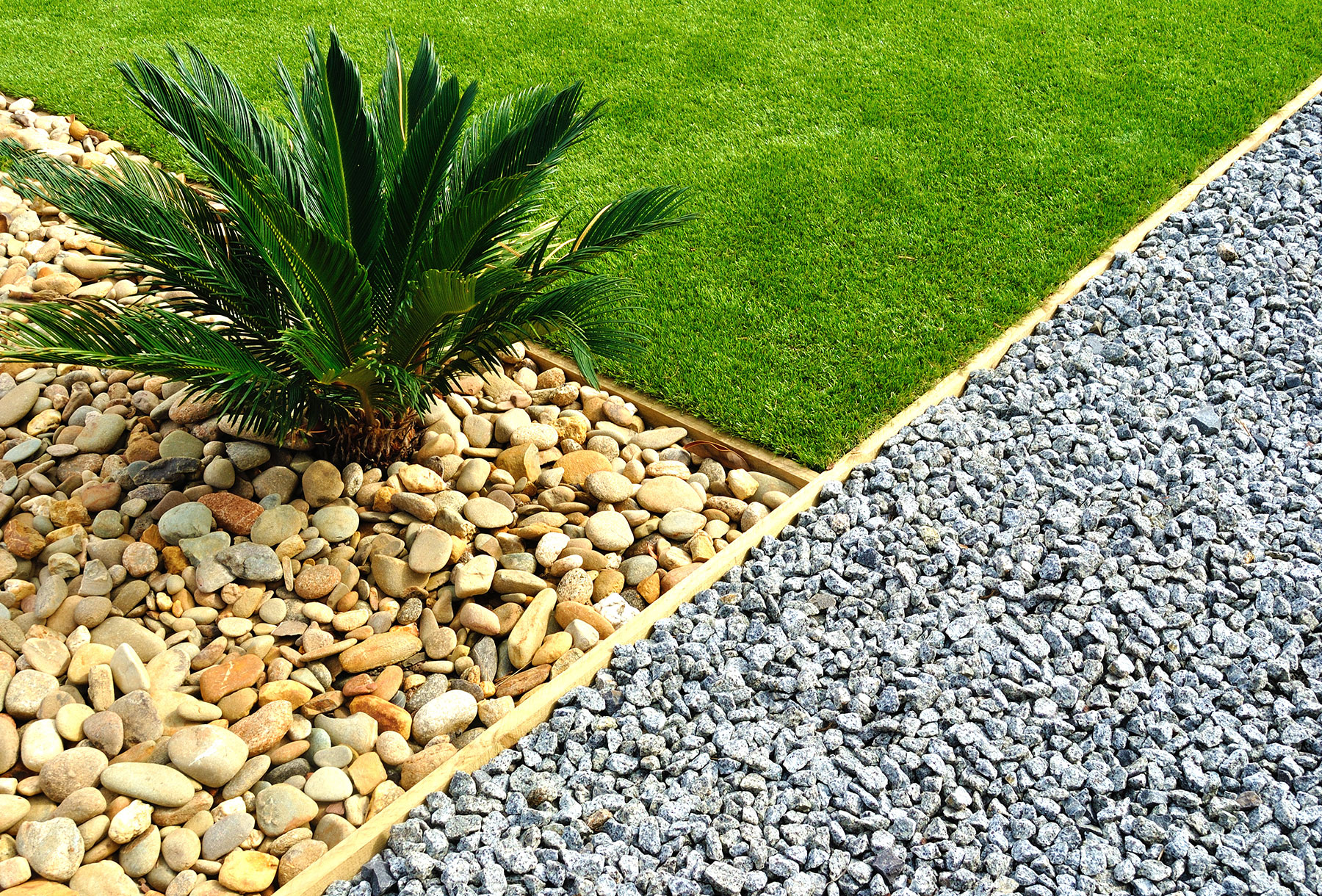
As they deform and absorb the energy, they can help mitigate damage to buildings, structures, and people. Because explosions produce high-velocity shock waves, their energy dissipates as a person moves away from the site. In addition to its kitty litter applications, it is also used in dry petroleum absorbents, as well as for bomb mitigation. The material can also be used as a growing medium for hydroponics crops, and it can even be used in concrete as a decorative planter.Īside from its abrasive properties, pumice also has a unique sponge-like structure that makes it a powerful abrasive material. It is used in the horticultural industry, where its pore-like structure helps increase the water retention property of dense soils. The porous nature of pumice makes it a versatile material for a wide variety of purposes. It has numerous applications and is widely used in the field of hydrology and geology. This characteristic makes pumice a valuable mineral to use in river bed construction. However, once the water is absorbed, it will sink to the bottom. A ten-tenth of a percent porosity means that the rock can float on water. One of the most unique features of pumice is its high porosity. They are more absorbent than other types of rock and last longer than concrete, brick, or tile. These stones can also be used in the construction of dry streams and river beds. The best part of river rock is that they don’t attract bugs, and the surface stays cleaner than other materials. They are comfortable to walk on, have a natural look, and add visual interest to the land. River rocks are great for creating a pathway around your property. Different varieties of limestone include travertine and dolomite. As a sedimentary rock, limestone can be produced through biogenic precipitation of seawater or by mechanical transport of other sedimentary rocks. It consists of particles ranging from less than one mm in diameter to visible particles. As this material ages, it gradually weathers and gains a natural patina. It begins with a sedimentary layer containing calcium carbonate. The formation of limestone is a complex process. Dolomite is also more resistant to freezing and thawing cycles than Limestone, so it can be used in many applications. It also has a higher concentration of magnesium, which makes it an excellent addition to soil. The porous nature of Dolomite allows water to penetrate the rock more slowly, giving it a more stable structure. Limestone is a relatively expensive stone, so it is not a good option for tall buildings.ĭolomite is more porous than limestone and has lower solubility. However, because limestone is so absorbent, it is not recommended for use as an aggregate in concrete. It is often used for flooring and as a building material because of its ability to absorb water. Limestone is a sedimentary rock that has the highest porosity of any other rock in the world. If you’re planning to add river rock to your landscape, make sure you check its porosity. Aside from its practical benefits, river rocks are beautiful and look great around plants and gardens. In places where water can flow through easily, river rock can prevent erosion and pack the soil tightly. Porous rocks are important for two reasons: they prevent soil erosion and protect your home’s foundation. The MIP data also revealed that the DZ sandstone exhibited lower kinetics than other porous skeletons, and had smaller average and median pore diameters. MIP data can provide a rough estimate of throat size distribution in porous rocks. The size and connectivity of the pore throats controls the rate of fluid transportation. Porous river rock absorbs water and retains it, but the water that passes through them cannot move to the surface.ĭespite the fact that this type of stone is more porous than others, the resulting capillary moisture content was lower in the sandstones, which indicates that the final degree of saturation was less than 100 percent. Aquifers and aquicludes are layers of rock that can absorb water and retain it in them. Rocks with round grains are generally porous, as water can enter the spaces between the grains. These rocks contain a network of tiny channels and spaces that allow liquids and gases to enter and move within. You can choose the rock that best suits your needs by browsing the many different types available. Both are highly absorbent but Pumice is less expensive than pea gravel.

However, if you are looking for an affordable and environmentally friendly flooring option, you may want to consider Pumice or Limestone. As an Amazon Associate we earn from qualifying purchases.ĭo you want a walkway or path made of river rock? River rock is an ideal material for such surfaces, as it has a smooth texture and is very pleasant to walk on.


 0 kommentar(er)
0 kommentar(er)
